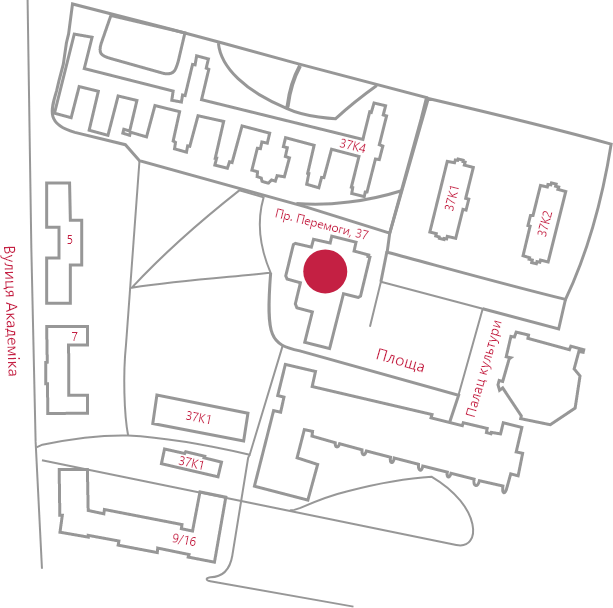- Home
- /
- Дослідження
- /
- Publication
Publication
The journal to which you are going to submit your article may have specific requirements for the formatting of the text. Below you can find a list of services to help you to select a suitable journal for your article, as well as guidance on formatting the text, citation styling, compiling a reference list and more.
Choosing a Journal
Find the journals that publish researches results in your research area and check their impact indicators:
Scimago Journal & Country Rank
The ranking of the journals which provides a backset of bibliometric indicators based on the information sources of Scopus database (Elsevier). It offers an opportunity to evaluate the performance of a scientific journal.
Journal ranking system, based on the Impact-factor, published annually by Clarivate on the Web of Science platform (accessible only within the local network of Igor Sikorsky Kyiv Polytechnic Institute).
Find open access journals in your research area on the Directory of the Open Access Journals (DOAJ)
Journals of Igor Sikorsky KPI
Structure of a scientific article
he most popular structure of a scientific article is based on the IMRAD principle
Introduction, Methods, Results, and Discussion – international format of scientific articles
Each article has a distinct structure:
- Title
- Abstract
- Keywords
- Introduction
- Methods
- Results And
- Discussion
- Conclusions
- References
Title – cclearly outlines the main objective of the article, beggining with the research subject and capturing the reader’s attention.
Abstract – concisely reflects the contents of the article, including the research goals, main aspects, methods, and results. It should be highly informative and somewhat provocative to capture a reader’s interest.
Keywords – the list of primary terms in the article.
Introduction (І) – outlining the key problem and hypotheses. The Introduction should address the question: What is already known about the research subject? What do we know? What will we consider in this specific article?
Methods (М) – description of specific methods and materials used in the research process, description of all factors that influenced the obtained results.
Results (R) – a key section of an article, presenting specific theses and arguments. It is appropriate to include tables and figures in this section.
Discussion (D) – providing answers to the following questions: Was the research objective achieved? What is the significance of the results? Could the results have practical applications? Which questions remain unanswered?
Conclusions – answers to the questions: Did you achieve the aim of the research? What is the significance of the results? Could the results have practical application? Which questions left without answers?
The scientific article is concluded with a list of all the sources used.
Compiling a reference lists
Examples of reference lists of the sources used based on DSTU 8302:2015 (in Ukrainian).
Examples of reference lists based on the international APA Citation Style (in Ukrainian).
Examples of reference lists based on the international Vancouver Citation Style (in Ukrainian).
Author identifier
By adding an identifier such as ORCID, a scientific paper is securely and unambiguously associated with a specific researcher.
Guidelines for registering a researcher profile in ORCID (in Ukrainian)
ORCID is an open and non-commercial project aimed at creation and supporting a registry of unique researcher identifiers. It provides a transparent and comprehensive way to represent the results of research and scientific activity. ORCID allows for the following:
- Correct identification of a researcher
- Establishing connections with other unique author identifiers such as Scopus AuthorID and ResearcherID, among others
- Safe and accurate linking of information about researchers with their complete, precise, and up-to-date scientific achievements.
Free publication
International publishers support Ukrainian scientists and offer the opportunity to publish research results in their open and hybrid access publications (APC waiver policy) for free or at a significant discount.
A special page has been created on the Research4Life platform, which contains links to publishers that practice the APC waiver policy and to the relevant instructions on their websites; the rules may differ for each publisher. Authors from a country in the Research4Life group A are eligible for free publication in the journals of publishers from this list (Ukraine has been in this group since 2023).
The page is updated once a year.
The international eIFL project has also established a number of agreements with publishers who are ready to provide fee waivers or reduced fees for the publication of articles to authors from Ukraine. Details of the agreements with publishers can be found here.
The full list of journals that have agreed to accept submissions through cooperation with eIFL is available here.


